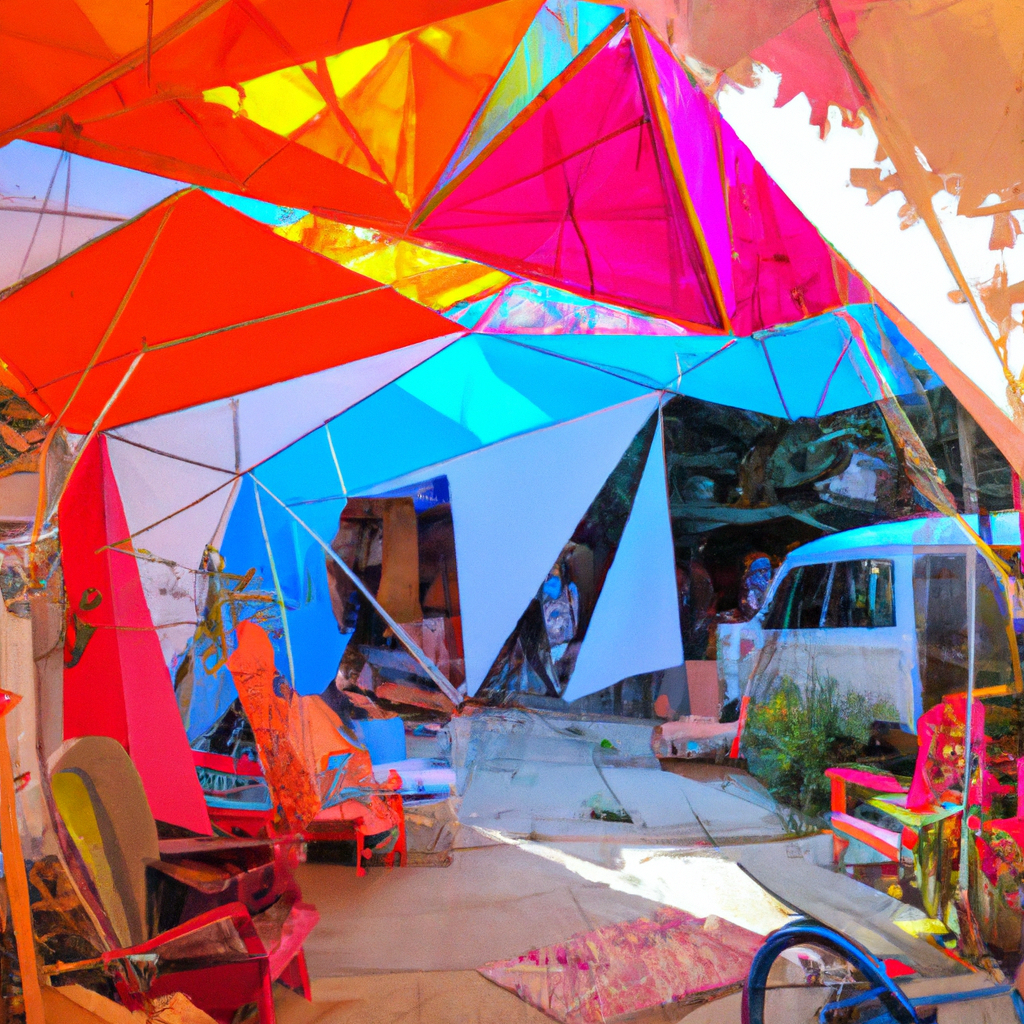
In the verdant fields of Glastonbury, under the vast expanse of an English summer sky, the Festival once again became a canvas for profound artistic expression and social commentary. On a Friday that will be etched in the annals of festival history, Marina Abramović, the doyenne of performance art, led a sea of festival-goers in a poignant tableau vivant—a seven-minute silence that folded the air with the weight of human history's darker chapters.
However, the whispers of Abramović's reflective pause were soon pierced by yet another act of artistic defiance. As night draped itself over Glastonbury, a mysterious, inflatable raft appeared amidst the crowd, its journey through the throng as enigmatic as its origin. The vessel, ungoverned and free-floating, bore no passengers, yet its presence was heavy with implication. It was later revealed to be the work of Banksy, the enigmatic street artist renowned for his provocative and politically charged interventions.
The raft, much like the many that traverse the perilous Mediterranean, symbolized the ongoing migrant crisis—a visual commentary stark against the backdrop of a music festival known for its celebration of peace and global unity. Banksy, who never shies away from the uncomfortable, thrust this symbol of human struggle into the hands of a community assembled for leisure, prompting a collision of disparate worlds.
This act of artistic infiltration at Glastonachieved what both Abramović and Banksy excel at: forcing introspection amidst festivity, and dialogue where there is usually only celebration. As the raft bobbed gently over the heads of the crowd, the festival grounds transformed into a forum for the unspoken, the overlooked, and the outright ignored.
The dual interventions by Abramović and Banksy at Glastonbury are reminders of the power of art to incite thought and provoke discussion, transcending the confines of galleries and museums and asserting itself where it is least expected, but perhaps most needed. Here, amidst the pulsing beats and roaming spotlights, the festival-goers found themselves part of a living installation—one that challenged them to look beyond the confines of the festival, and into the depths of human empathy and global responsibility.